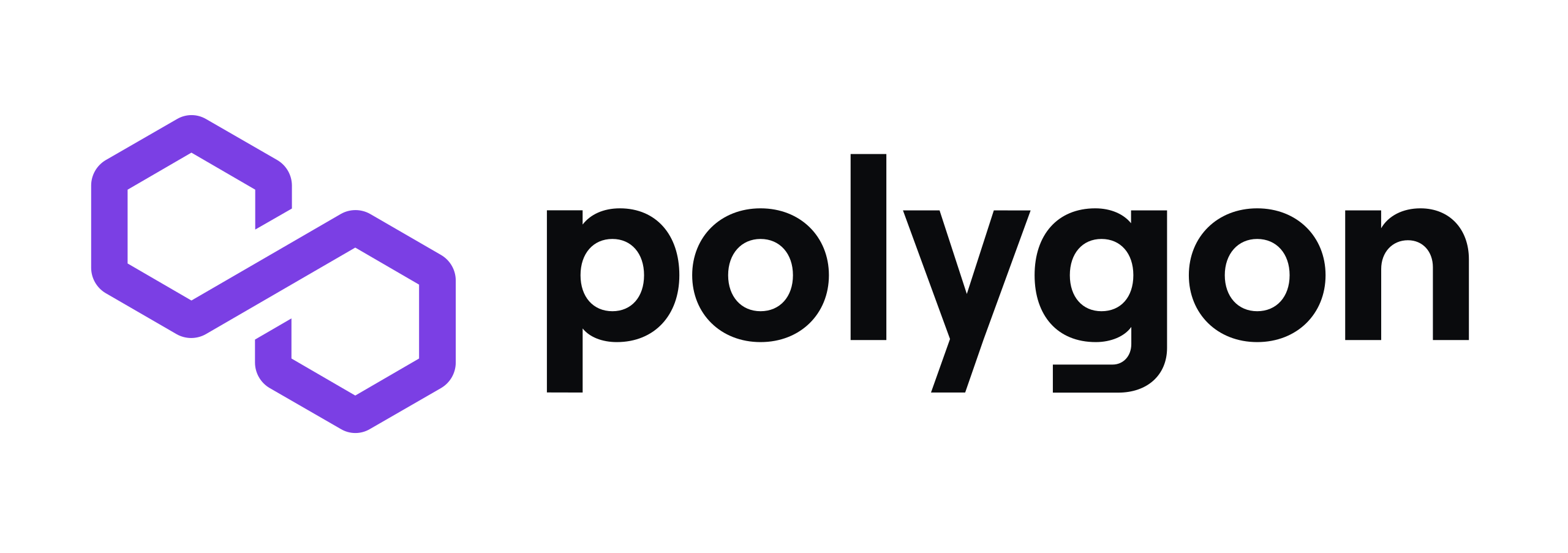
Polygon Bridge
Polygon is a fast, low-cost blockchain platform powering real-world assets and global payments with Ethereum compatibility.
Overview
Polygon is a blockchain platform designed to provide fast, low-cost, and scalable solutions for decentralized applications (dApps) and real-world asset tokenization. It operates as a multi-chain scaling framework for Ethereum, offering Layer 2 solutions such as the Polygon Proof-of-Stake (PoS) chain and Polygon zkEVM, a zero-knowledge rollup that maintains Ethereum Virtual Machine (EVM) equivalence. Polygon aims to enhance Ethereum's scalability by enabling transactions at near-zero gas fees and high throughput, currently supporting up to 1,000 transactions per second (TPS) with plans to scale to 100,000 TPS.
Developers can build on Polygon using familiar Ethereum tools and languages like Solidity, with extensive documentation and SDKs available. The platform supports seamless bridging of assets between Ethereum and Polygon networks via the Polygon Bridge, facilitating liquidity and interoperability. Polygon also offers modular frameworks such as Agglayer CDK for building custom Layer 2 chains with advanced zero-knowledge technology. Its ecosystem includes a wide range of dApps, wallets, and DeFi projects, supported by a large user base exceeding 117 million unique addresses and billions of transactions.
Polygon differentiates itself through its combination of multiple scaling technologies, including PoS sidechains, zk-rollups, and privacy-focused rollups like Miden. Its open governance model allows token holders to participate in protocol decisions. The platform is widely adopted in sectors such as decentralized finance (DeFi), gaming, and digital identity, with notable integrations including Unstoppable Domains, Aragon, and Phantom Wallet. Developers can get started quickly by accessing Polygon’s comprehensive developer docs, using SDKs like Matic.js, and connecting wallets such as MetaMask configured for Polygon networks.
The Problem
Ethereum’s mainnet faces challenges with high gas fees, limited transaction throughput, and slow finality, which hinder mass adoption of decentralized applications and real-world asset tokenization. Developers and users require scalable, cost-effective blockchain solutions that maintain security and compatibility with Ethereum’s ecosystem.
The Solution
Key Features
Polygon PoS Chain
A fast, low-cost Layer 2 sidechain with ~1,000 TPS and near-zero gas fees.
Polygon Bridge Alternatives
Explore web3 competitors and apps like Polygon Bridge.

Ormi 0xgraph
Pricing
Free | |
|---|---|
| Price (Monthly) | Free |
| Price (Annual) | Free |
| Messaging | N/A |
| Support | Community support via Discord and GitHub |
| Analytics |
Start Building Now
Reliable RPC, powerful APIs, and zero hassle.
Resources
Polygon provides extensive resources including detailed developer documentation, SDKs, tutorials, community grants, and active support channels to help developers build and scale dApps efficiently.












